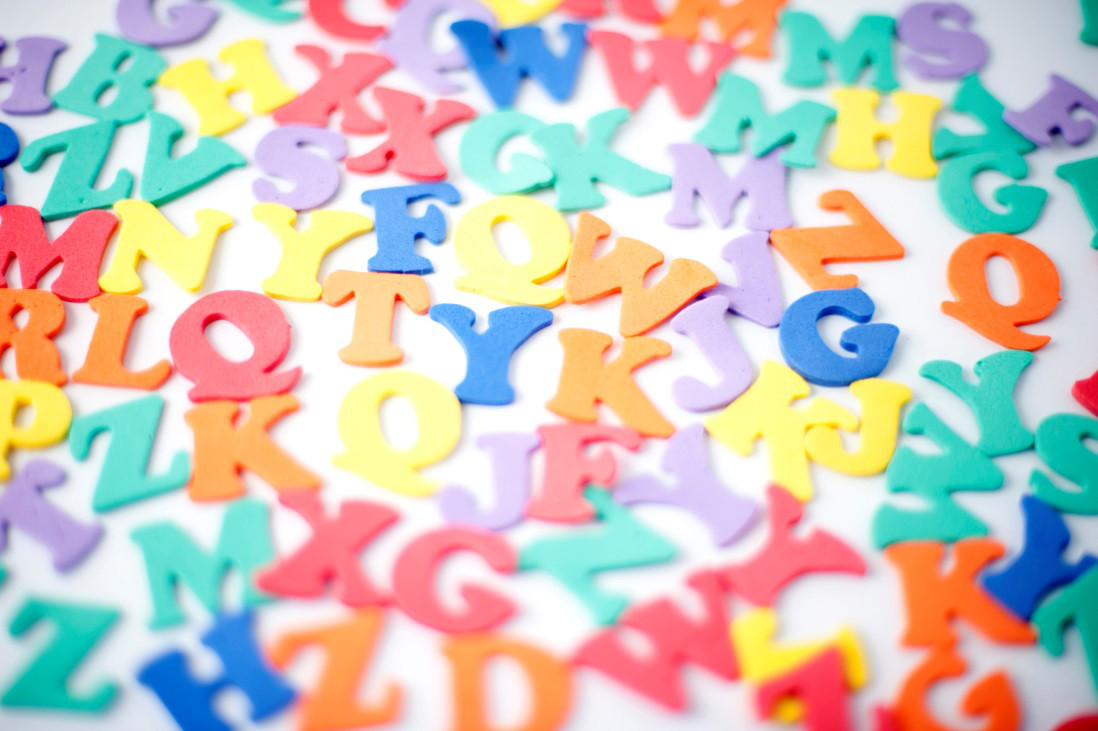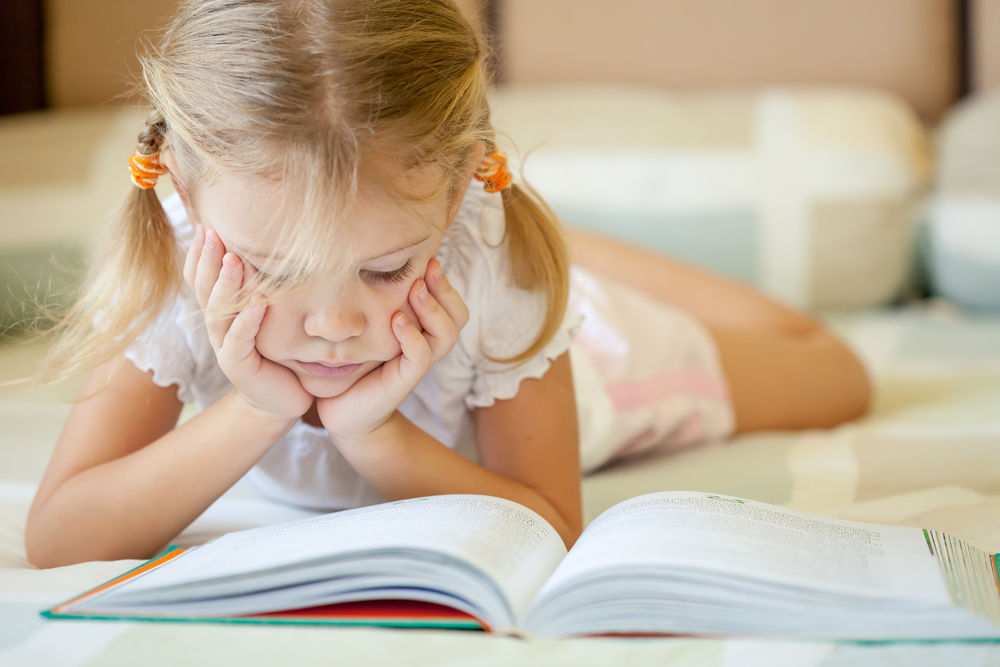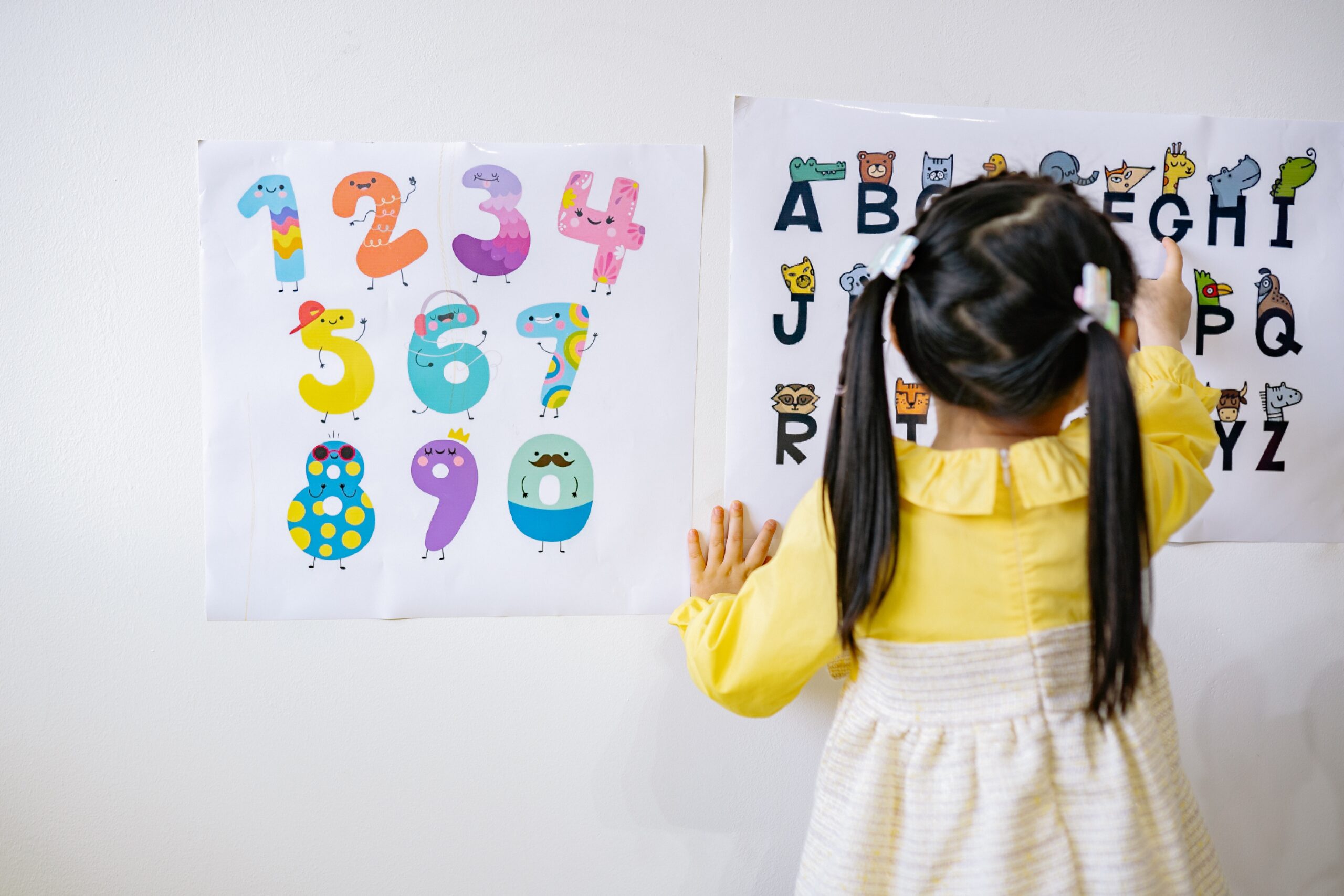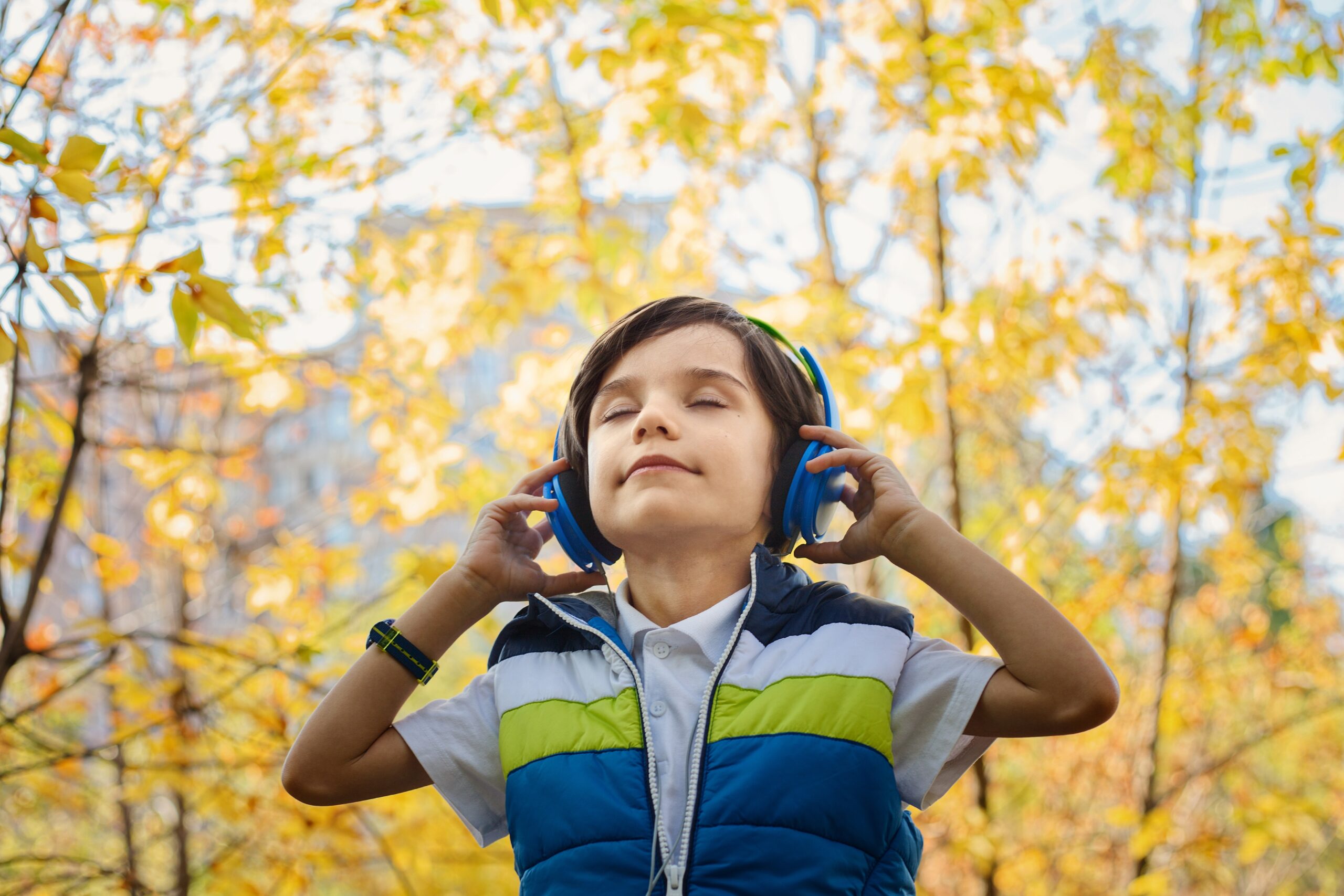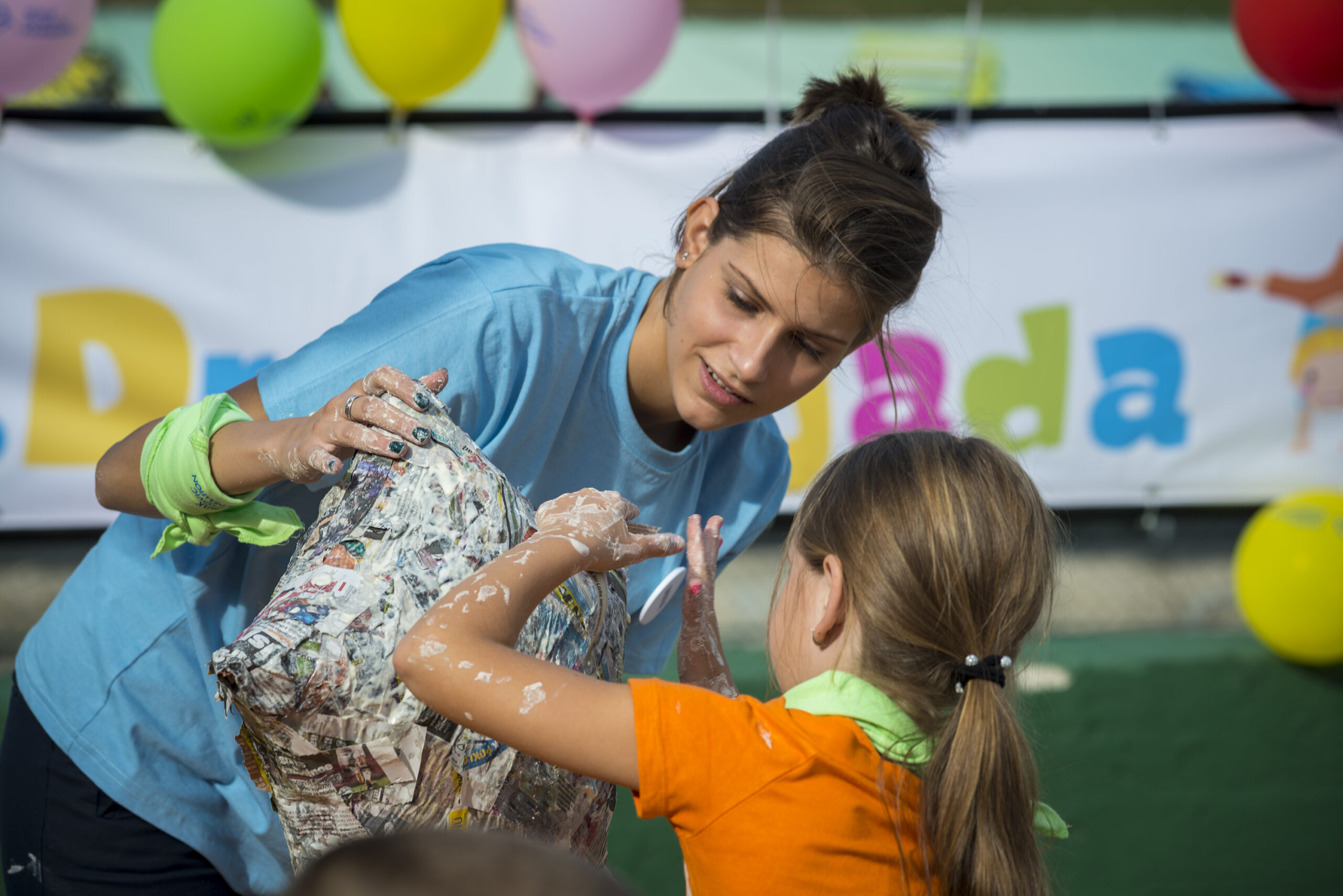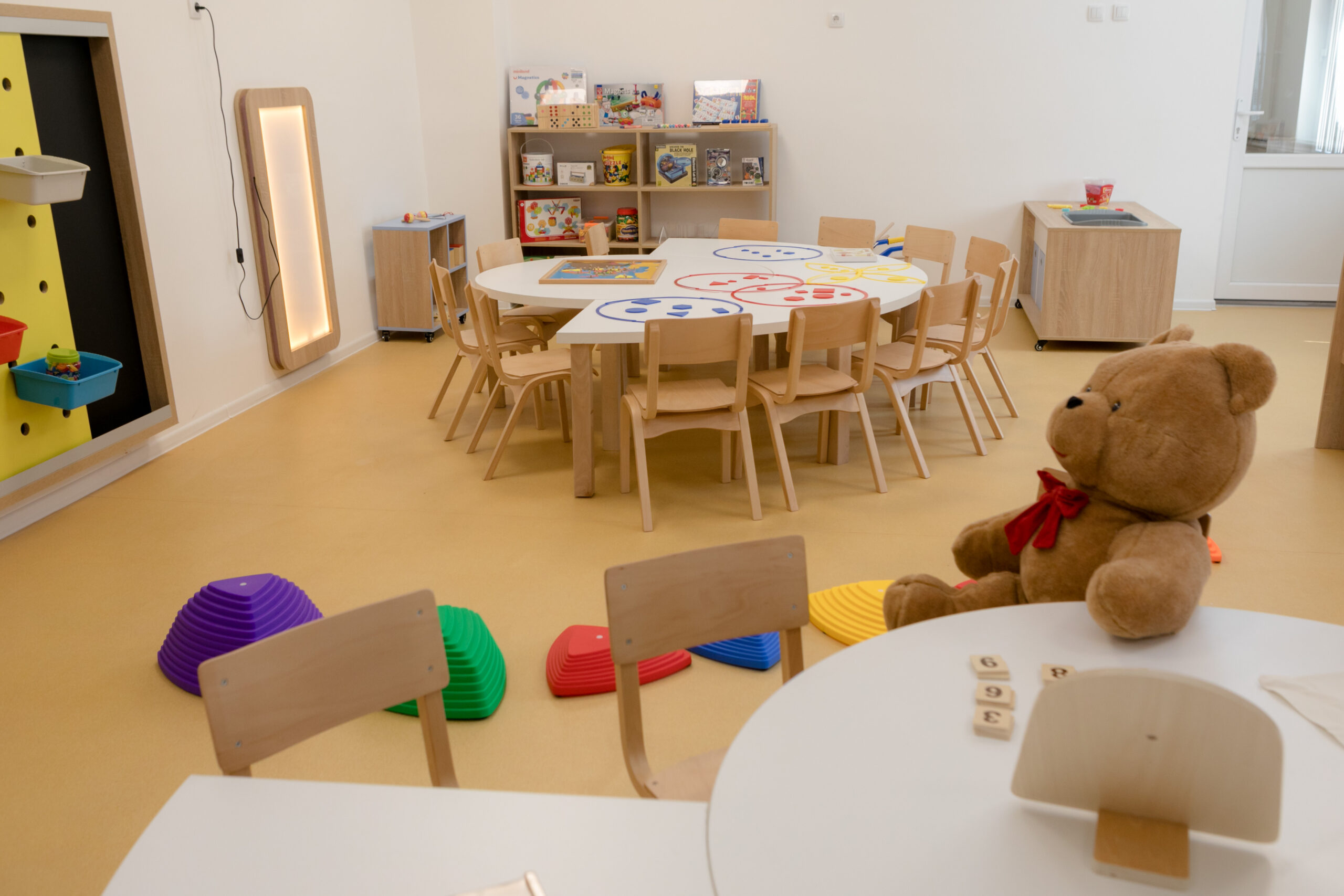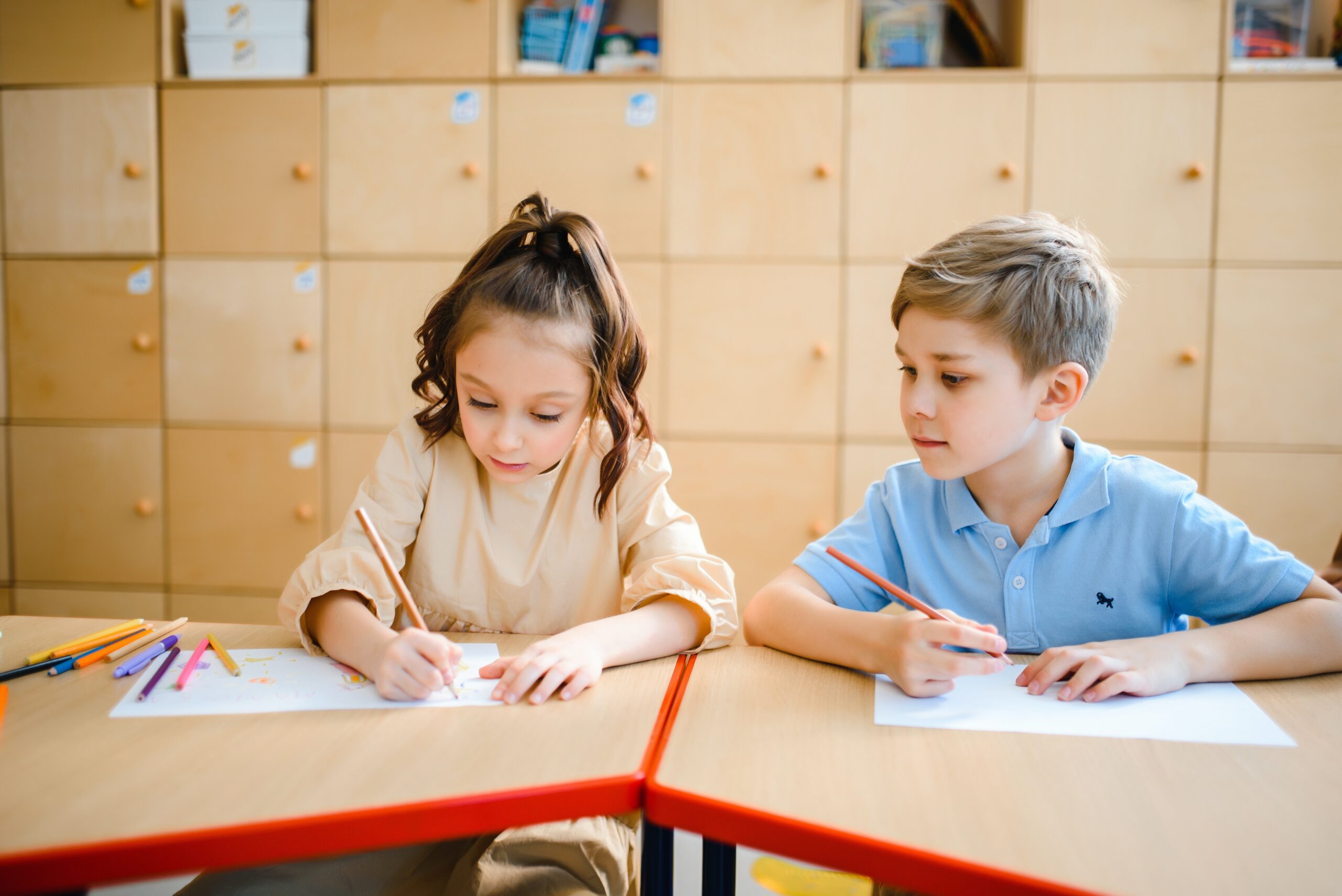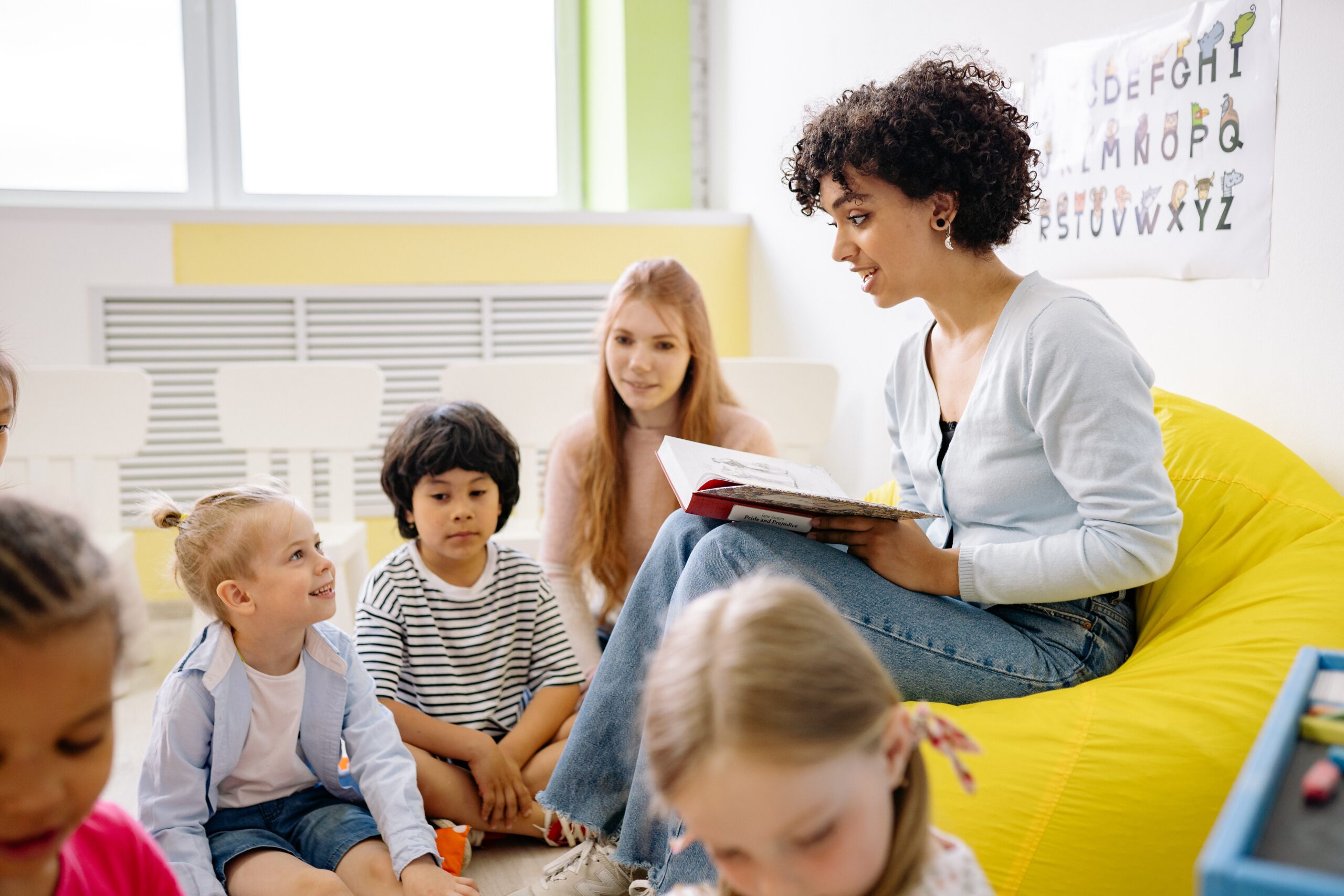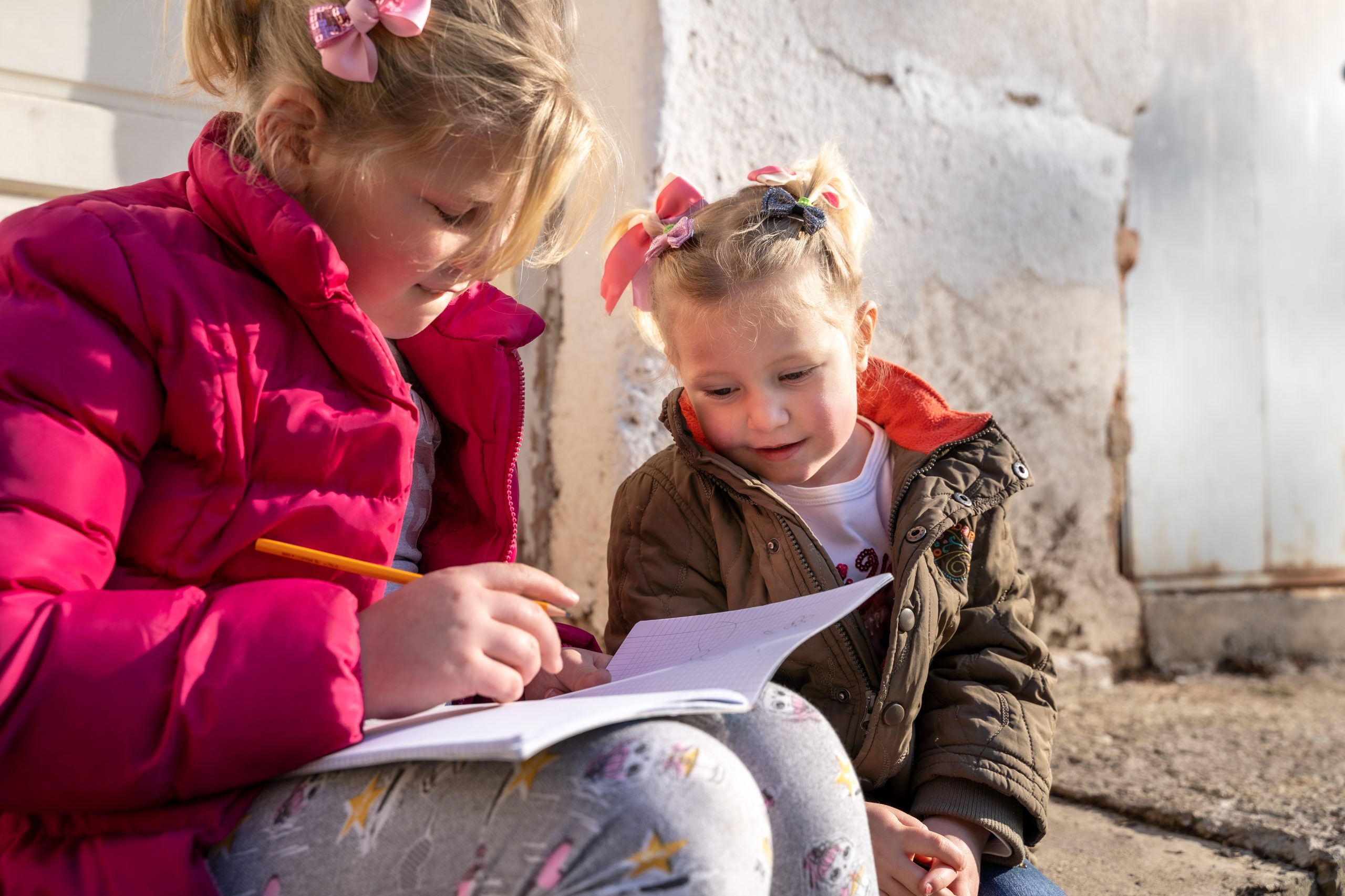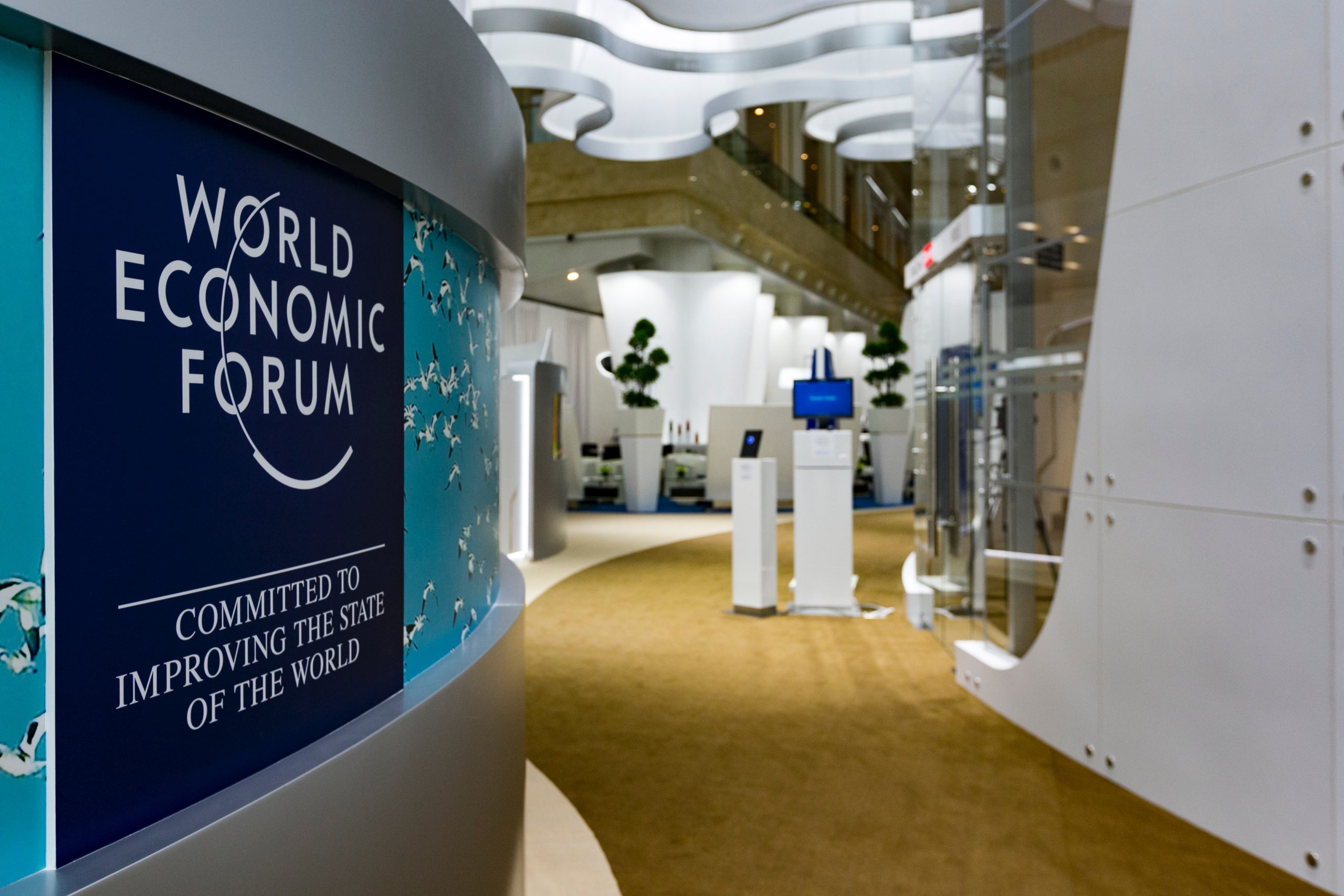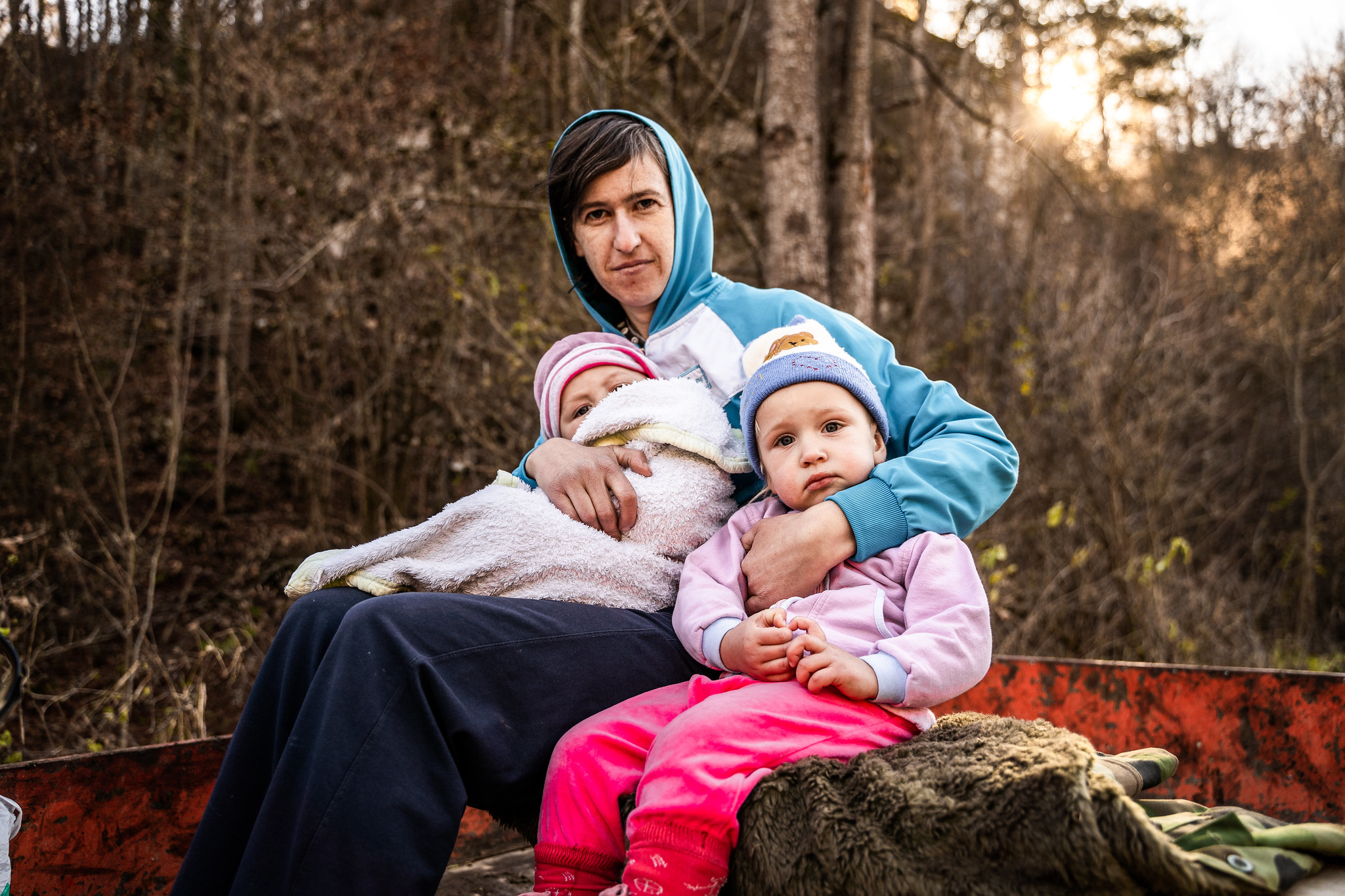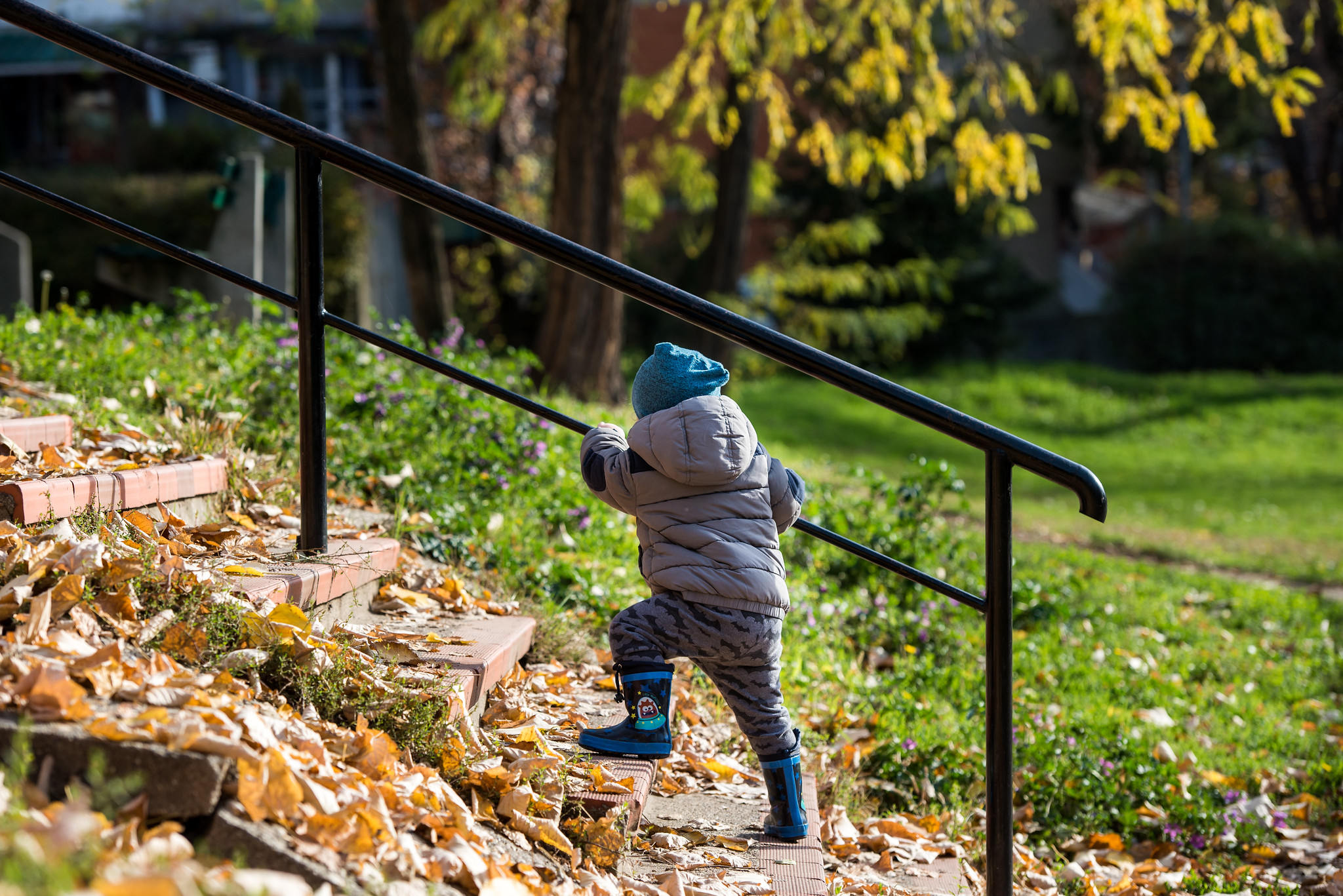Education is often seen as synonymous with the acquisition of knowledge.
Politicians regularly discuss and argue as to what knowledge is worthy of the curriculum and what they believe is absolutely imperative that our children must learn before they enter adulthood. This brings to mind those “empty vessels” sat before Mr Gradgrind in Dickens’ Hard Times just waiting to be filled to the brim with knowledge. Reform in the education system often comes back to this idea that it is the subject matter which should be changed, however, there is an increasingly popular approach to education which thinks differently and will be the subject of my blog post this week: The Reggio Emilia approach.
 This approach to pre-school education is named after the town where it derived in Italy. Emerging from the Second World War, it was a community in turmoil. Loris Malaguzzi helped the citizens of the area build the schools and set in place a system of education which not only endures to this day but is considered one of the leading lights.
This approach to pre-school education is named after the town where it derived in Italy. Emerging from the Second World War, it was a community in turmoil. Loris Malaguzzi helped the citizens of the area build the schools and set in place a system of education which not only endures to this day but is considered one of the leading lights.
This context is very interesting because, in a community where everything needed rebuilding, their whole education system was built not in the image of the old model, but reflecting the needs of this broken society.
A revolutionary idea at the time, it put the child at the centre of their education and relied on high levels of participation and involvement from parents in their children’s education. Malaguzzi believed that children had not only the right TO education but the rights OVER their own education, rights shared with parents and teachers and centred round the development of their skills, interests and talents. Malaguzzi even wrote a Bill of Three Rights spelling out the rights and responsibilities of children, teachers and parents: http://www.reggioalliance.org/downloads/v2.n1.rights.pdf
In 1991 “Newsweek” magazine included Reggio Emilia schools in their Top 10 school systems in the world.
So what is it that makes this approach so revered around the world?
- No other system though has quite such a degree of collaboration between child, parent and teacher.
- The heart of learning lies in creativity and uses the metaphor of the ‘one hundred languages’ of children to express their knowledge of the world, whether through dance, music or various artistic mediums.
- Subjects are not fenced off from each other. Maths skills as well as the fine motor skills required for writing can all be developed through projects embracing art or drama, gardening or music.
- Teachers and pupils learn together by following children’s interests often culminating in projects through which the “core” skills of literacy and numeracy are also included.
- Learning is about exploration and discovery, the use of the senses and the testing of theories. It is experimental in nature and taps into children’s innate curiosity.
You may notice that there are many similarities between this approach and the Montessori model of education I wrote about a few weeks ago. Where the two approaches differ is the extended use of the environment in the Reggio Emilia approach and its focus on creativity and imagination rather than the Montessori model of allowing children to trial adult tasks and roles. In an era where it seems that our societies need ever more creative approaches to uncertain economic times and shifting employment prospects, this is something which is being bred out of many schools through the pressure of conforming to standardised testing and uniformity. Surely we want to encourage and not dampen this important skill, and the Reggio Emilia approach aims to do just that.
What are the downsides?
Just as with many of these specific pre-school models of education, they are costly and therefore dependent on parents being able to stump up the cash.
Without state or public education adopting these approaches, they will never be available for all children to benefit from.
In addition, as with the Forest Schools I wrote about last week, many pre-schools are using the label of Reggio Emilia with varying levels of commitment to its principles and varying amounts of training in delivering them.
This also requires a large commitment from parents to take real ownership of their child’s education alongside the teachers and the children themselves, which is something not all parents might feel able to give alongside demanding jobs and schedules of their own.
As with all these models of education, once again it comes down to what works best for the child and in this case for the parents of that child too. I do feel though that, whether or not it is the right approach for you and your family, there are certainly things we can learn from its principals and apply in the family environment, not least a commitment to developing and encouraging our children’s creativity.
How can you bring some of the elements of the Reggio Emilia approach to your home?
- What has your child been wondering about? What have they shown an interest it? This can be your provocation for an inquiry.
- What does your child already know or think they know about this subject area? Ask lots of questions and at this stage there are no wrong answers. Children can show what they think they know about a subject area through play or art as well as with verbalised answers.
- Take notes to help you plan and document their progress in understanding
- Now that you know what they want to know and what they already know you can plan your activity. This activity might be different for every child depending on how they like to work.
Here are a few ideas:
- Observations, perhaps of living creatures.
- Sensory explorations, perhaps using play dough or finger painting or natural materials such as sand.
- An observational painting or drawing activity using mirrors to observe items from all angles.
- Discovery activities such as nature walks using a magnifying glass.
- Exploring a new material such as how different objects behave in water, whether they sink or float.
- Use sound and musical instruments to show and recreate different moods and feelings in a story.
Remember that Reggio Emilia projects can take place over several weeks which gives you the chance to approach one subject in many different ways and for children to gain a deep and meaningful understanding of the topic.
Do you have any experiences of the Reggio Emilia approach to early year’s education? What have you found? What do you do to encourage your child’s creativity?
Earlier in this blog post I mentioned the ‘hundred languages’ of children. Please follow this link to a YouTube video which shows an illustrated version of the poem written by Reggio Emilia’s founder Loris Malaguzzi. What do we want out of education and what do we not want? Let them be children to create, explore and discover. Let us not allow them to become disengaged, demotivated and distant from the opportunities that education should open up to them.
References:
http://www.chevychasereggio.com/reggio%20emilia%20approach.htm
http://www.earlychildhoodnews.com/earlychildhood/article_view.aspx?ArticleID=367
http://www.aneverydaystory.com/

